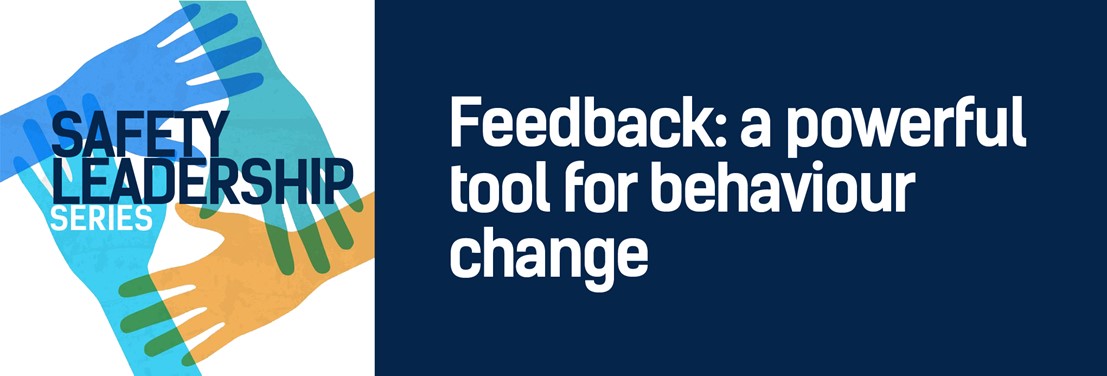


 WorkSafeNB’s Nancy Boutcher, assistant director of safety leadership, takes a moment to reflect on bridging the gap between health and safety compliance and a positive safety culture.
WorkSafeNB’s Nancy Boutcher, assistant director of safety leadership, takes a moment to reflect on bridging the gap between health and safety compliance and a positive safety culture.
In part two of our series on safety leadership, I talked about how safety concerns are raised and feedback is accepted only when trust-based relationships exist between leaders and their team members. Trust fosters a collaborative caring relationship where people work together to prevent harm and promote health for everyone.
In part 3, I want to talk about giving feedback in the context of health and safety.
I chose to write about trust first, because feedback is far more effective if trust is already established. Think for a moment of someone you trust. When they tell you something or provide advice, how do you receive it?
Typically, when we trust the people speaking to us or asking us to do something, we listen to them. We value what they are saying. Heck, we might even seek them out! Of course, the opposite is also true-- when there is mistrust defensiveness can rear its ugly head.
I want to walk you through three important steps to giving effective feedback that is heard and valued. Following these steps may cause improved trust, communication, and more collaboration with your team members.
1. Know the critical safe behaviours you want to see from your teams
We have been trained through a health and safety lens to go out and look for the hazards and risks, to find the bad stuff and fix it. This is the opposite of what we know drives a sustainable behaviour change, which is positive reinforcement. So instead, focus on what behaviours you want to build within your team.
2. Take time to observe
Schedule time to go to where the work is happening and look for those behaviours you want to see more of. Or plan to give feedback when you know you are already going to be doing a visit, a meeting or a walk-around.
3. Now, brace yourselves, step 3 is where it gets really wild. Encouragement and acknowledgement
When you see positive behaviour, tell the person you noticed it and thank them for it. Acknowledge that they are reducing risk to themselves and perhaps others and that it is appreciated.
Good leaders tend to acknowledge the positive things their team members do. Saying things like “Great job!” or “You’re so good at working safely” can go a long way. Great safety leaders are able to give specific feedback, on a specific behaviour, at the moment that the behaviour occurred. This gives a clear message that safety is an important value, it gives a clear message about what is expected; it makes the other person feel good and appreciated and they are more likely to continue doing that behaviour.
So, pick a behaviour. Go find people doing it and give them some positive feedback!
Until next time!